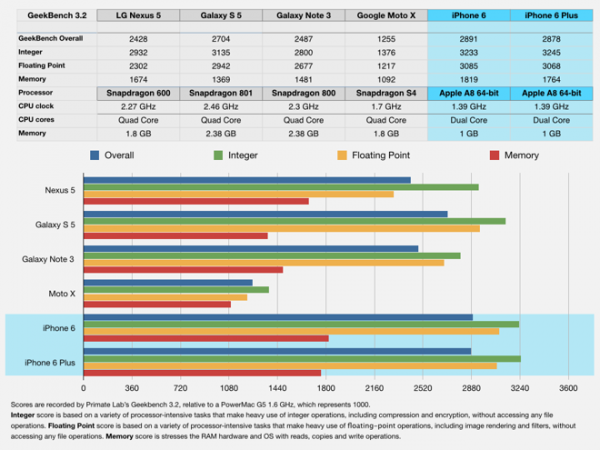One way to look at this is that iOS and Android have been converging - they arrived with more or less the same capabilities despite starting from opposite ends. Apple has given up control where Google has taken it. And of course Google has had to add lots to Android just as Apple had to add lots to iOS (and they've generally 'inspired' each other on the way), and just as Apple has added cloud services Google has redesigned the user interface (twice, so far).
But the underlying philosophies remain very different - for Apple the device is smart and the cloud is dumb storage, while for Google the cloud is smart and the device is dumb glass. Those assumptions and trade-offs remain very strongly entrenched. Meanwhile, the next phases of smartphones (messaging apps as platforms and watches as a dominant interface?) will test all the assumptions again.
